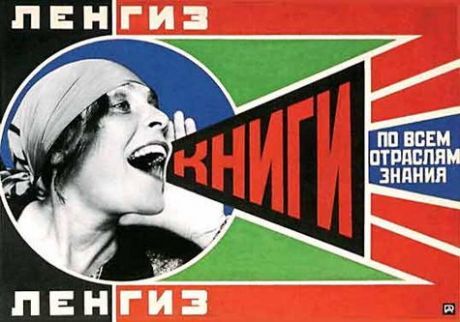Features
You are here
1917: gains of the revolution

October 20, 2017
The Russian Revolution brought numerous gains that were made when the masses of workers were able to take control of their lives. Here is a quick overview on the unparalled gains of the revolution, in regards to women’s rights, sexual liberation, national liberation, anti-imperialism, and of course worker’s power.
Women’s liberation
As class society thrives on exploiting social divides, tsarist Russia was no less brutal on women than anywhere else. Men were encouraged to beat their wives, women could not get divorced, and working women were paid on average half of what their male counterparts made. It no surprise then, that when the ferment of revolution finally arose, it was women who led the way. Indeed it was the women textile workers in Petrograd who initially went on strike, setting off a tidal wave of action that would bring about the revolution itself.
As the material conditions changed along with the revolution, as labour was made into a democratic process, the social divides repressing women began to fold. The revolutionary era saw women granted the right to divorce, the right to vote, the right to equal pay and labour standards, and by 1920 abortion was legalized. This was in addition to the numerous ways the changing society benefitted women. Laundries and daycares, which did the work women used to be forced to do in Tsarist Russia, became free, for example.
Sexual liberation
As part of tearing down the Tsarist regime’s political structure, laws regarding homosexuality and sodomy were abolished during the revolutionary era. This made Russia one of the first countries in the world to accept homosexuality and put them generations upon generations ahead of their capitalist counterparts on this subject. Of course, during the Stalinist years, this, along with many of the other gains made, was redacted and homosexuality was recriminalized. This goes to show how much social force the material conditions of a society have.
National liberation
With the fact that in Canada today, even the most lukewarm government statement promoting religious expression will become decried as “sharia law,” it is no wonder that the liberation of ethnic and religious minorities might well take a revolution. Spanning a tremendous expanse of territory, Russia was and is home to many national identities, which, while under Tsardom, were targets of Russian, Eastern Orthodox ethno nationalism. After the revolution, great strides were made to ensure the sovereignty of minority populations, such as establishing a Congress of the People’s of The East, allowing localities to be governed in the languages native to them, and setting up Muslim schools and courts.
Ending the War
By 1917 the First World War had claimed millions of lives, all in the name of bourgeois imperialism. Stretched thin in resources and moral, soldiers of the Tsarist Russian empire carried a revolutionary sentiment just as strong as those back in the country. During the revolution, soldiers played an integral role, forming unions and joining soviets, and even established the Petrograd Garrison, which defended the revolution from bourgeois suppression. As such, it was no surprise that the Bolsheviks put an immediate end to the war once coming to power. The capitalist nations would continue to resolve their battles with the lives of their men.
Worker’s Power
All of this was possible, not through the reform of a ruling class, but because the workers of Russia were finally able to decide the course of their lives democratically.
This is the second in a four part series of articles commemorating the 100th anniversary of the Russian Revolution. The next articles will look at how the revolution was lost, and lessons for socialists today.
Join the events “Ten Days That Shook the World”, next Wednesday October 25 in Vancouver, Toronto or Ottawa
Section:










